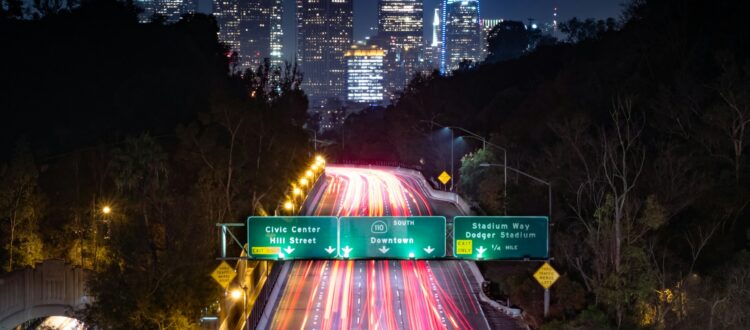Front illuminated traffic signs are designed to enhance visibility and safety on the roads, especially during low-light conditions or adverse weather. These signs utilize directional lamps to provide bright and clear messages that are easily visible to drivers, pedestrians, and cyclists.
By incorporating illumination, these signs ensure that crucial information such as speed limits, directional arrows, and warnings are readily apparent, contributing to better traffic management and accident prevention. The use of these signs represents a significant advancement in transportation technology, serving as a proactive measure to improve road safety for all road users.
Why Illuminated Traffic Signs?
Illuminated traffic signs serve a crucial purpose in enhancing road safety by ensuring that important traffic information remains visible and clear, even in low-light conditions or adverse weather. By incorporating illumination, these signs effectively combat the challenges posed by nighttime driving, heavy rain, fog, or snow, providing drivers with the critical information they need to navigate the roads safely. Also, they improve visibility for pedestrians and cyclists, contributing to a safer environment for all road users. This proactive approach to enhancing road safety underscores their significance as an essential component of modern transportation infrastructure.
Common Uses of Illuminated Traffic Signs
1. Enhanced Visibility: They improve visibility, especially during low-light conditions or adverse weather, ensuring that crucial information such as speed limits, directional arrows, and warnings remain readily apparent to drivers, pedestrians, and cyclists.
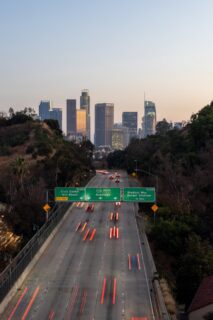 2. Safety Measures: These signs contribute to better traffic management and accident prevention by providing clear and visible messages to all road users, thereby enhancing overall road safety.
2. Safety Measures: These signs contribute to better traffic management and accident prevention by providing clear and visible messages to all road users, thereby enhancing overall road safety.
3. Temporary Traffic Control: They are used for temporary traffic control, such as indicating one-lane bridges, divided highways, and incident management signs designed to manage and mitigate the impact of emergencies, accidents, and other unforeseen incidents on roadways.
4. Nighttime Visibility: They ensure nighttime visibility of crucial traffic information, such as stop signs, slow-type signs, railroad advance warnings, route markers, and destination signs, which are essential for safe driving at night.
5. Intersection Safety: Traffic signals, including illuminated signs, are crucial for managing intersections, crosswalks, school zones, and other areas with high vehicular and foot traffic, communicating potential risk areas for both drivers and pedestrians.
What Material are Externally Illuminated Traffic Signs Made Of?
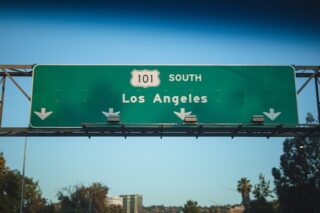 They are made from durable and weather-resistant materials to ensure longevity and visibility in various environmental conditions. The sign faces are commonly composed of high-quality retroreflective sheeting affixed by self-adhesive acrylic glue, which allows the signs to reflect light from headlights, making them visible at night.
They are made from durable and weather-resistant materials to ensure longevity and visibility in various environmental conditions. The sign faces are commonly composed of high-quality retroreflective sheeting affixed by self-adhesive acrylic glue, which allows the signs to reflect light from headlights, making them visible at night.
The internal structure often consists of aluminum or steel, providing strength and stability while also being resistant to corrosion. In addition, these types of signs are like sign posts with attached directional lamps from below which illuminates them. These lights often have sensors that flips the switch on as it gets dark, and then turns off as daylight approaches in the morning.
Who Regulates Illuminated Traffic Signs?
They are regulated by transportation and road safety authorities in various regions and countries. These regulatory bodies establish and enforce standards for the design, placement, maintenance, and operation of illuminated traffic signs to ensure consistency, visibility, and adherence to safety regulations. In the United States, for example, the Federal Highway Administration (FHWA) plays a significant role in setting standards for traffic control devices through the Manual on Uniform Traffic Control Devices (MUTCD).
Similarly, in other countries, transportation ministries, departments of transportation, or specialized road safety agencies oversee the regulation of illuminated traffic signs to maintain uniformity and effectiveness in traffic control systems. These regulatory efforts are essential for promoting road safety and ensuring that illuminated traffic signs meet high standards of visibility and functionality.
Are Illuminated Traffic Signs Required to be MUTCD-Compliant?
Yes, they are required to be MUTCD-compliant in the United States. The Manual on Uniform Traffic Control Devices (MUTCD) sets the standards for traffic control devices, including illuminated signs, to ensure consistency, visibility, and adherence to safety regulations. This compliance is crucial for maintaining uniformity and effectiveness in traffic control systems across the country, promoting road safety and ensuring that illuminated traffic signs meet high standards of visibility and functionality. Adhering to MUTCD guidelines also helps in minimizing confusion for road users and promoting a standardized approach to traffic control, making the roads safer for everyone.
What Does the MUTCD Say about Illuminated Traffic Signs?
The Manual on Uniform Traffic Control Devices (MUTCD) provides comprehensive guidelines and standards for the design, placement, and operation of traffic control devices the United States. Specifically, the MUTCD outlines the specific requirements for the design and construction of illuminated signs, including the use of retroreflective materials and the application of consistent and standardized symbols and messages. It also addresses the placement of these signs, ensuring that they are strategically located to provide maximum visibility and convey essential information to road users.
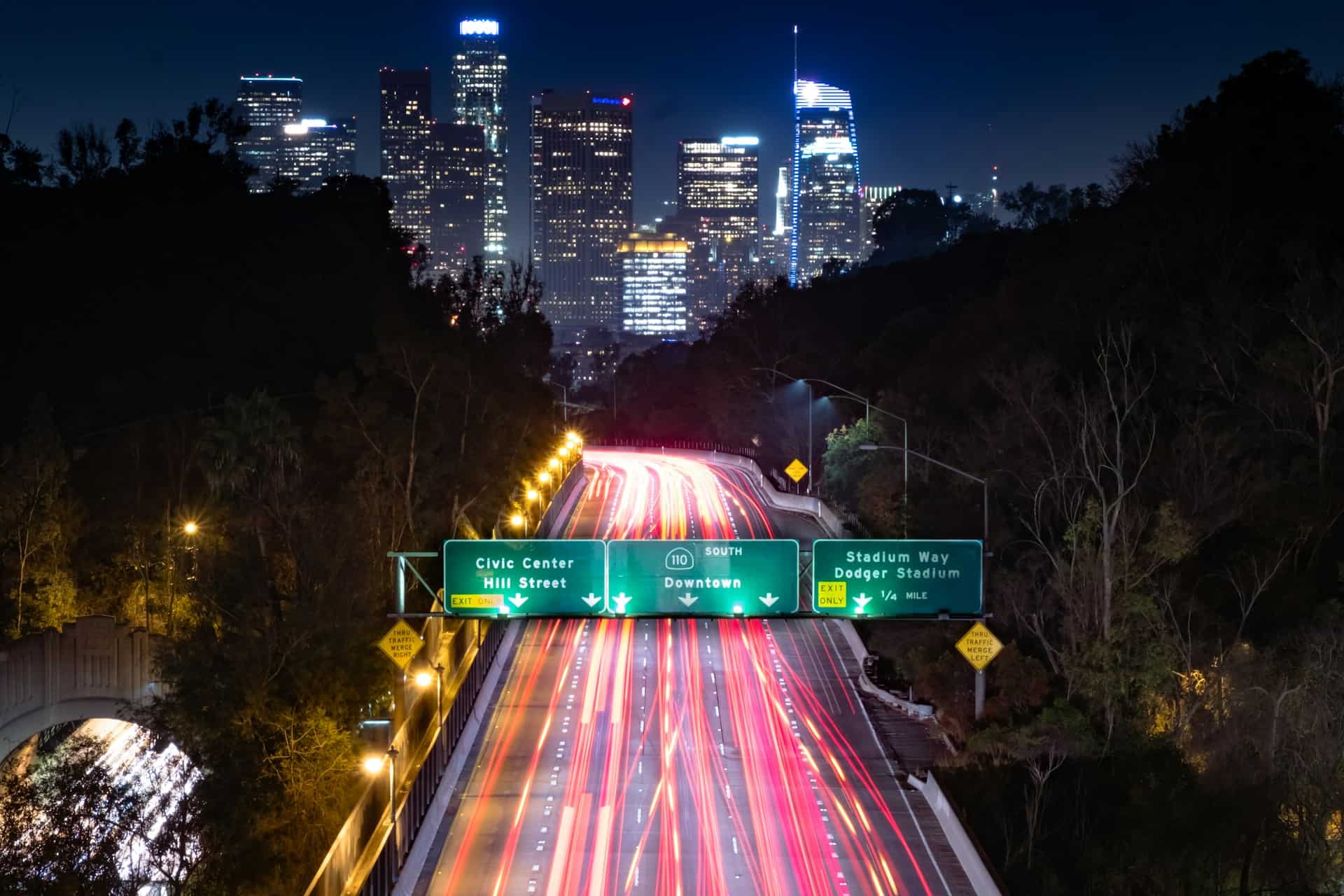 In addition, the MUTCD includes regulations for the operation and maintenance of illuminated signs, emphasizing the importance of proper illumination, clear visibility, and regular inspection to ensure the signs remain effective in facilitating safe and efficient traffic flow.
In addition, the MUTCD includes regulations for the operation and maintenance of illuminated signs, emphasizing the importance of proper illumination, clear visibility, and regular inspection to ensure the signs remain effective in facilitating safe and efficient traffic flow.
Furthermore, the MUTCD sets forth guidelines for the color, size, and placement of to ensure uniformity and consistency across different jurisdictions. It specifies the use of standardized colors for specific types of messages and provides detailed recommendations for the size and placement of illuminated signs to maximize their visibility and convey information effectively to drivers, pedestrians, and cyclists. The MUTCD also addresses the use of symbols, arrows, and other graphical elements on illuminated signs, outlining clear requirements for their design and application to enhance comprehension and ensure that essential traffic information is communicated accurately and efficiently.
Are Illuminated Traffic Signs Reflective?
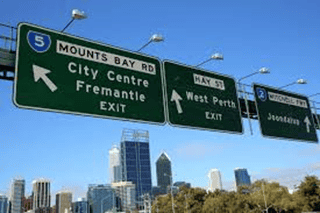 Yes, they are reflective if externally lighted. The reflective properties of these signs contribute to their visibility, particularly at night or in low-light conditions. By utilizing high-quality retroreflective sheeting, illuminated traffic signs can effectively reflect light from headlights, making them highly visible to drivers, pedestrians, and cyclists.
Yes, they are reflective if externally lighted. The reflective properties of these signs contribute to their visibility, particularly at night or in low-light conditions. By utilizing high-quality retroreflective sheeting, illuminated traffic signs can effectively reflect light from headlights, making them highly visible to drivers, pedestrians, and cyclists.
This reflective feature enhances the overall effectiveness of the signs, ensuring that important traffic information, such as speed limits, directional arrows, and warnings, remains readily apparent even in challenging visibility conditions. Reflectivity is a crucial aspect of illuminated traffic signs, playing a vital role in promoting road safety and facilitating clear communication of essential traffic information.
Conclusion
Illuminated traffic signs play a critical role in promoting road safety and efficient traffic control systems. Their design, construction, and regulation are guided by standards such as the Manual on Uniform Traffic Control Devices (MUTCD), ensuring that they meet high visibility and functionality requirements. The use of durable and reflective materials, coupled with directional lamps for illumination, contributes to their effectiveness in conveying essential traffic information to road users, day and night. Hence, they serve as essential tools in guiding and informing road users, contributing to the overall safety and efficiency of transportation infrastructure.
Popular Posts:

